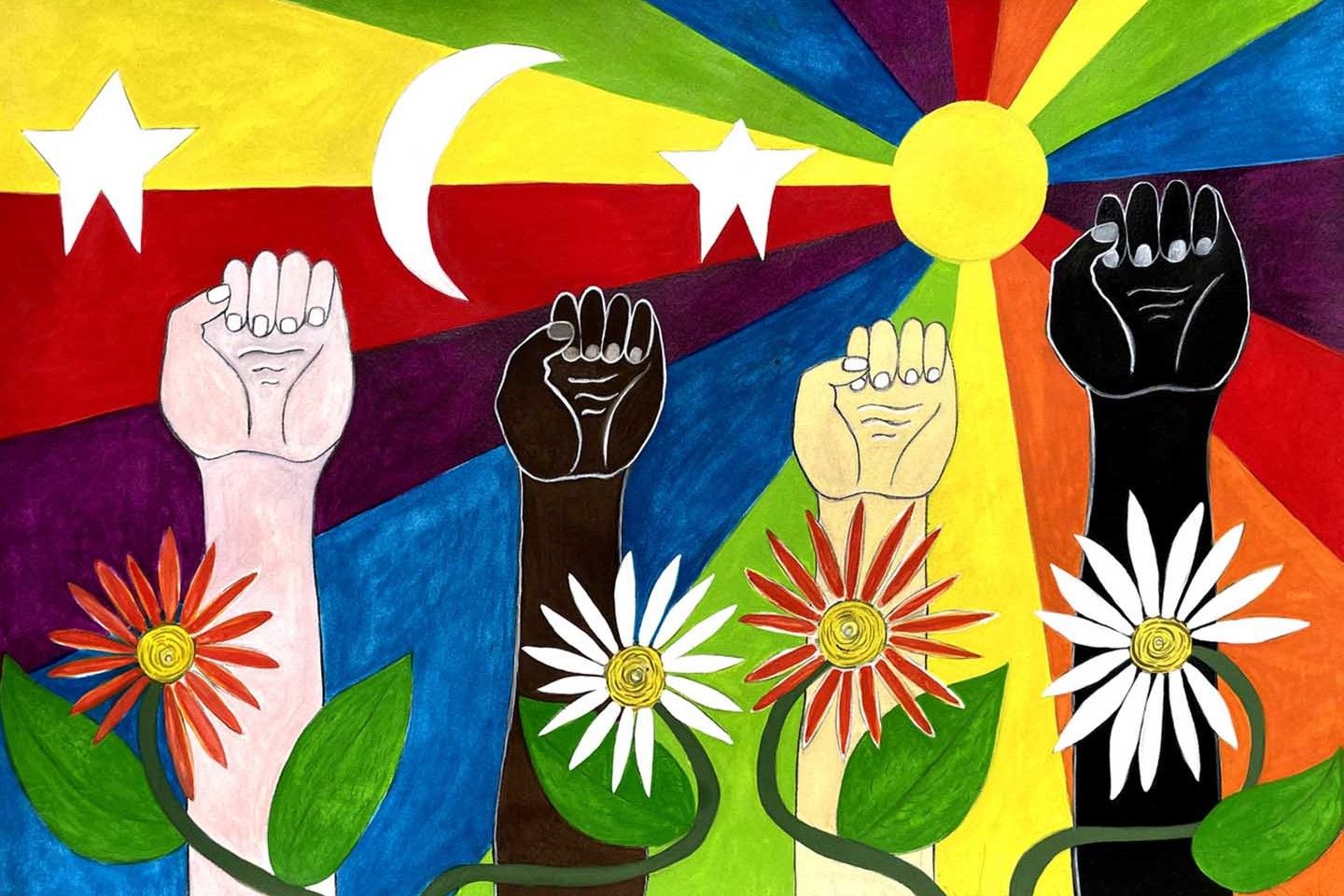
What is oppression? Oppression is the unjust or cruel exercise of authority or power. It affects individuals and groups, often based on race, gender, sexuality, or economic status. Understanding oppression helps us recognize its impact on society and work towards equality. Oppression can be subtle or blatant, manifesting in laws, social norms, or everyday interactions. Learning about oppression is crucial for fostering empathy and driving change. This article dives into 27 facts about oppression, shedding light on its various forms and historical context. Ready to learn more about this critical issue? Let's get started!
Understanding Oppression
Oppression is a complex and multifaceted issue that affects millions worldwide. It can take many forms, from systemic discrimination to individual acts of prejudice. Here are some eye-opening facts about oppression that shed light on its various dimensions.
-
Oppression can be systemic: It often operates through established institutions like governments, schools, and workplaces, creating barriers for marginalized groups.
-
Historical roots: Many forms of oppression, such as racism and sexism, have deep historical roots that continue to influence modern society.
-
Economic impact: Oppression can lead to significant economic disparities, with marginalized groups often earning less and having fewer opportunities for advancement.
-
Mental health effects: Experiencing oppression can lead to mental health issues like anxiety, depression, and PTSD.
-
Intersectionality: People can experience multiple forms of oppression simultaneously, such as a woman of color facing both racism and sexism.
-
Microaggressions: These are subtle, often unintentional, actions or comments that perpetuate stereotypes and reinforce oppression.
Forms of Oppression
Oppression manifests in various ways, affecting different aspects of life. Understanding these forms can help in recognizing and combating them.
-
Racism: Discrimination based on race, leading to unequal treatment and opportunities.
-
Sexism: Prejudice or discrimination based on gender, often targeting women and non-binary individuals.
-
Ableism: Discrimination against people with disabilities, limiting their access to opportunities and resources.
-
Ageism: Prejudice against individuals based on their age, affecting both young and older people.
-
Classism: Discrimination based on social class, often leading to economic and social disadvantages.
-
Homophobia and Transphobia: Prejudice against LGBTQ+ individuals, resulting in social exclusion and violence.
Oppression in Education
Educational institutions can be both a site of oppression and a place for change. Here are some ways oppression manifests in education.
-
School-to-prison pipeline: Disproportionate disciplining of marginalized students, leading to higher incarceration rates.
-
Curriculum bias: Educational materials that predominantly reflect the perspectives of dominant groups, marginalizing others.
-
Access to resources: Schools in marginalized communities often have fewer resources, affecting the quality of education.
-
Teacher bias: Implicit biases among educators can affect the academic performance and self-esteem of marginalized students.
-
Bullying: Marginalized students are more likely to experience bullying, impacting their mental health and academic success.
Oppression in the Workplace
The workplace is another area where oppression can be prevalent. Recognizing these issues is the first step toward creating a more inclusive environment.
-
Wage gap: Marginalized groups often earn less than their counterparts for the same work.
-
Glass ceiling: Barriers that prevent marginalized individuals from advancing to higher positions.
-
Discrimination in hiring: Biases in the hiring process can limit opportunities for marginalized groups.
-
Workplace harassment: Marginalized employees may face harassment, creating a hostile work environment.
-
Lack of representation: Marginalized groups are often underrepresented in leadership positions.
Combating Oppression
Efforts to combat oppression are crucial for creating a more just and equitable society. Here are some ways to fight against oppression.
-
Education and awareness: Raising awareness about oppression and its effects can lead to more informed and empathetic communities.
-
Policy changes: Implementing policies that promote equality and protect marginalized groups.
-
Advocacy: Supporting organizations and movements that fight against oppression.
-
Allyship: Individuals from dominant groups can use their privilege to support marginalized communities.
-
Self-reflection: Examining one's own biases and behaviors can help in reducing personal contributions to oppression.
The Power of Awareness
Understanding oppression isn't just about knowing facts. It's about recognizing the impact on people's lives. By learning these 27 facts, you've taken a step toward greater awareness. This knowledge can help you see the world differently and inspire you to take action. Whether it's speaking out against injustice, supporting marginalized communities, or educating others, every effort counts.
Remember, oppression thrives in silence and ignorance. By staying informed and engaged, you can contribute to a more equitable society. Keep questioning, keep learning, and most importantly, keep caring. Your voice and actions matter. Let's work together to create a world where everyone can live free from oppression.
Was this page helpful?
Our commitment to delivering trustworthy and engaging content is at the heart of what we do. Each fact on our site is contributed by real users like you, bringing a wealth of diverse insights and information. To ensure the highest standards of accuracy and reliability, our dedicated editors meticulously review each submission. This process guarantees that the facts we share are not only fascinating but also credible. Trust in our commitment to quality and authenticity as you explore and learn with us.
